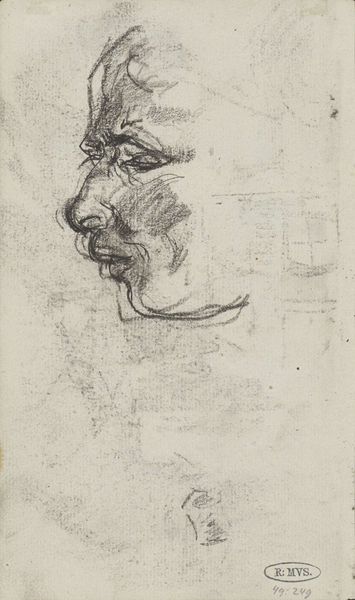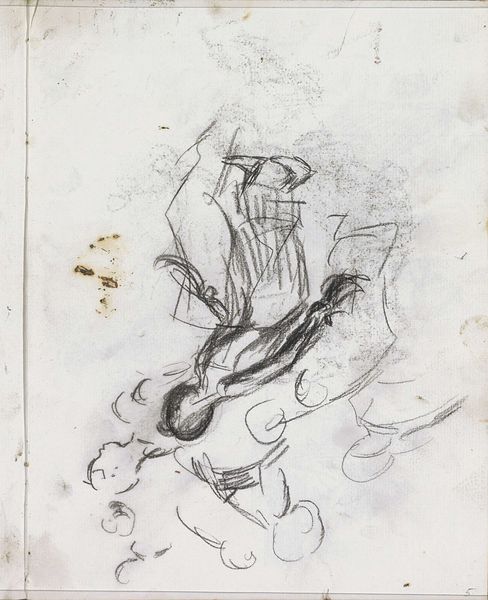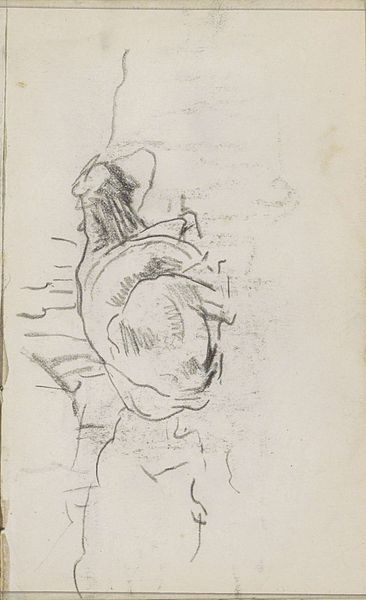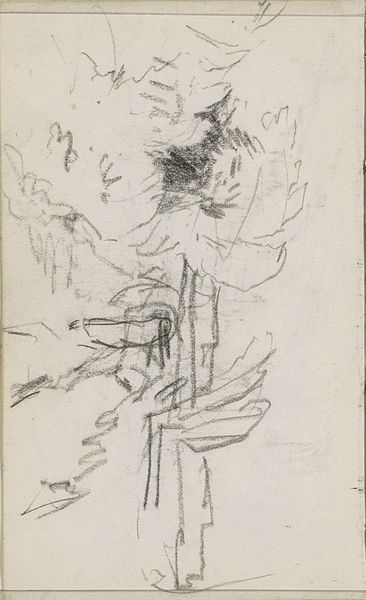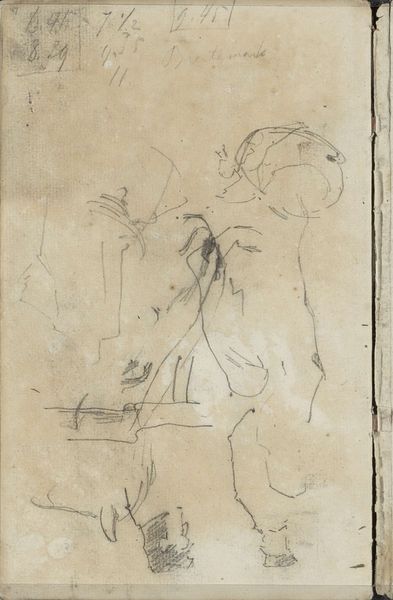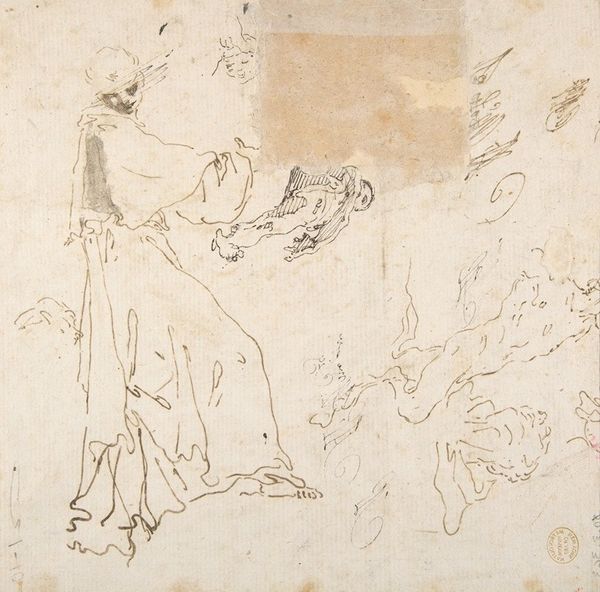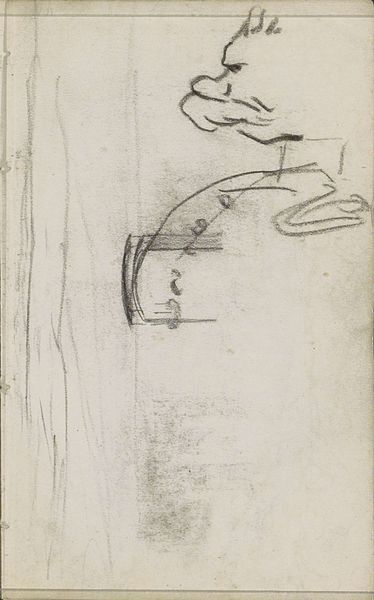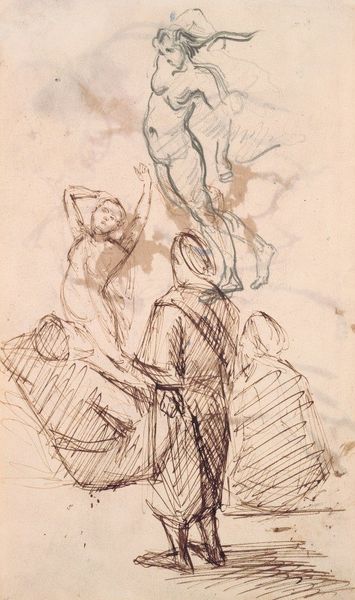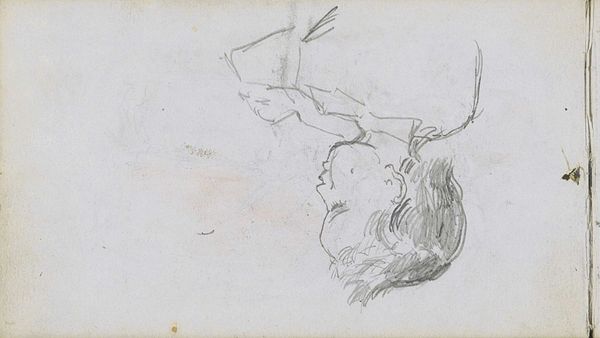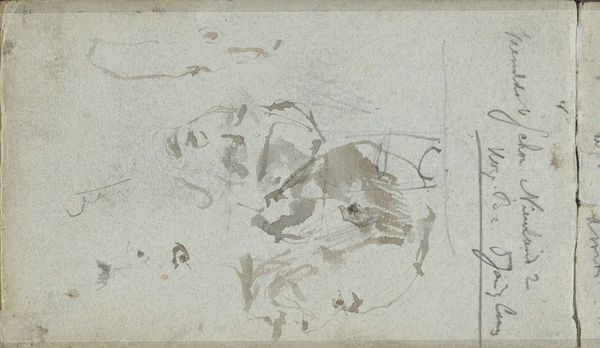
drawing, ink
#
portrait
#
drawing
#
high-renaissance
#
ink painting
#
incomplete sketchy
#
charcoal drawing
#
figuration
#
form
#
ink
#
child
#
sketch
#
christianity
#
line
#
italian-renaissance
Dimensions: 35.8 x 25.2 cm
Copyright: Public domain
Editor: This is Leonardo da Vinci's "Study for the Madonna with the Fruit Bowl," dating back to 1478, a drawing in ink. There’s a wonderful, unfinished quality to it. How do you read the piece? Curator: What fascinates me is the *process* visible here. Da Vinci wasn’t just representing an idea; he was actively *working* it out. The ink, the paper – these are materials tied to a specific moment of labor. Think of the cost of ink then. Access to quality paper. Who were the paper makers? How were their labour conditions? The materials alone tell a social story. Editor: So you're less focused on the religious aspect, more on the actual *making*? Curator: Absolutely! Religious iconography was part of the commission, of course, tied to its economic system. But looking closer, the visible labor evident is far more important to consider. Notice how he changes his mind, refining shapes, with visible corrections to the Madonna’s face and the child's pose. What does this mean for his methods, and workshop practices? Editor: That’s interesting. I tend to focus on subject matter, like the Madonna and child theme. Curator: The "Madonna and Child" theme had very little novelty for most Renaissance patrons, or artisans for that matter. These pieces, specifically drawings of this manner, were an active part of commerce in Da Vinci's time and studio. Do you think these works were truly valued or held in esteem for religious contexts, or practical purpose? Editor: I suppose not. Viewing it from the angle of material conditions really opens it up, like focusing on the supply chains behind Renaissance art! Curator: Precisely. Art isn't divorced from everyday manufacturing practices; they have more common ground than you might assume. They share a material bond through processes like manufacturing and material procurement.
Comments
No comments
Be the first to comment and join the conversation on the ultimate creative platform.
